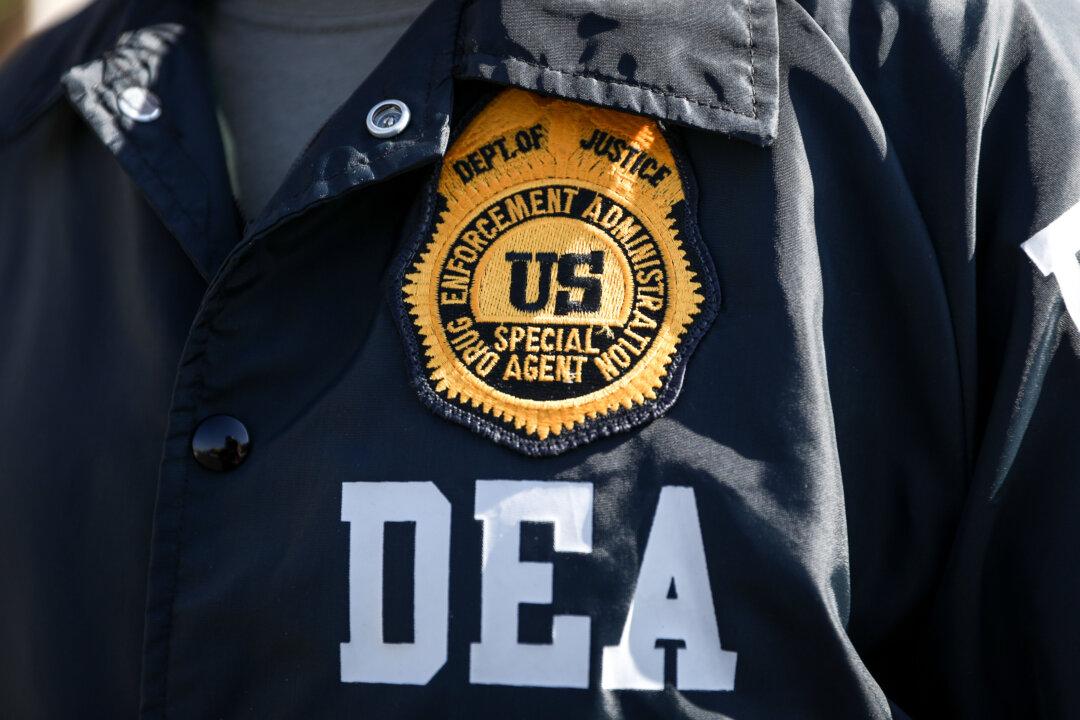Drug overdose deaths spiked during the first few months of the 2020 pandemic-related lockdowns, according to provisional data from the Centers for Disease Control and Prevention (CDC).
More than 83,500 people died from an overdose in the 12-month period ending July 2020—an average of 228 deaths per day.





